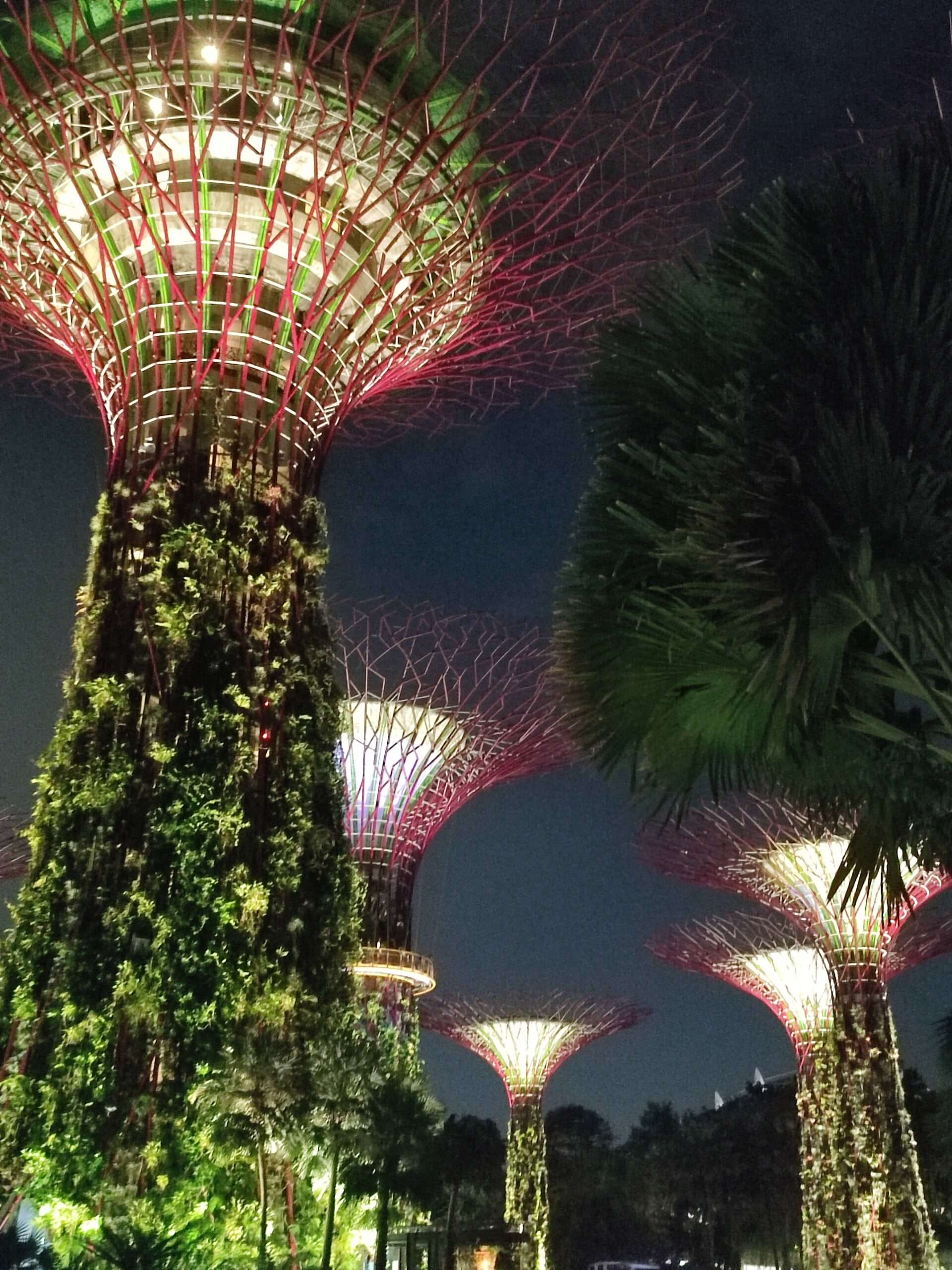Singapore’s National Hydrogen Strategy aims for net-zero carbon by 2050, emphasizing low-carbon hydrogen. The city-state faces a dilemma between blue hydrogen, derived from fossil fuels with significant emissions, and green hydrogen, produced using renewable energy but currently cost-prohibitive. Given limited domestic renewable resources, Singapore must import clean energy from ASEAN neighbors. Collaborations with Vietnam and Indonesia to import renewable energy highlight a pathway to regional sustainability and energy security.





